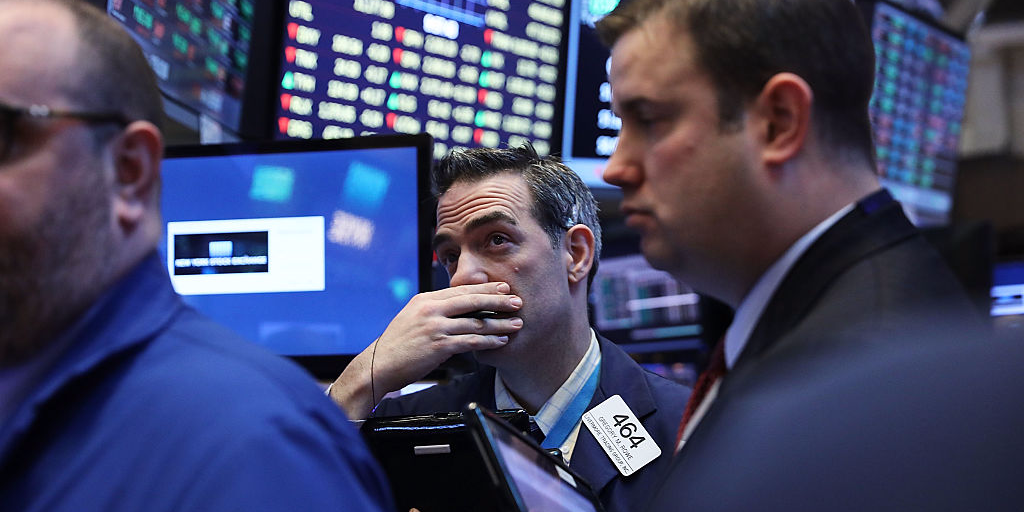Inflation could rebound in the second-half of the year, according to Wells Fargo’s Darrell Cronk. The wealth and investment management CIO noted corporate earnings are weak, which could upend the rally in stocks. Already, the market has seen the largest decline in earnings growth since the 2008 recession, Cronk said. Loading Something is loading.
Thanks for signing up!
Access your favorite topics in a personalized feed while you’re on the go.
Stocks could get hit by a rebound in inflation and anemic corporate earnings through the second half of this year, according to Wells Fargo Wealth and Investment Management CIO Darryl Cronk.
In an interview with CNBC on Monday, Cronk pointed to the strong performance of stocks over the last week as investors cheered lower-than-expected inflation. Prices in the economy rose just 3% year-per-year in June – significantly lower than the last summer, when prices rose at their fastest pace in over 40 years.
Investors have interpreted the most recent inflation figures as a sign the Federal Reserve will soon pull back on its aggressive monetary policy, which would likely be a boon for stocks. But markets aren’t pricing in the probability that inflation could rise again through the second-half of the year, Cronk said, pointing to various price pressures lingering in the economy.
“It’s entirely likely you can see inflation rise in the back-half from this nice 3% Goldilocks print,” Cronk said. “The Fed can’t really control oil prices, can’t control the hot housing market, and doesn’t really control wages, and three of which are going to feed into the baseline numbers next year.”
And despite the S&P 500’s blistering rally in 2023, firms are still battling corporate earnings pressures, which will act as another headwind. The market just notched the third-straight quarter of negative earnings growth, posting a peak-to-trough decline of 11%-12%. That’s the largest decline seen since the 2008 recession, Cronk said.
Profit margins have also fallen for six straight quarters, while real revenues adjusted for inflation have fallen for the second straight quarter, he added.
Those trends are consistent with what’s been observed in past recessions – a sign that more downside lies ahead for investors trying to chase the rally in stocks.
“Q3, Q4 are probably going to be more challenging quarters than Q1, Q2 were, and they were both negative earnings growth as well,” Cronk said.
Still, sentiment remains bullish among investors, who poured $12 trillion into the stock market over the last week, Bank of America said in a recent note. Meanwhile, the S&P 500 ticked higher to trade at 4,514 on Monday, up 18% since the start of the year.
